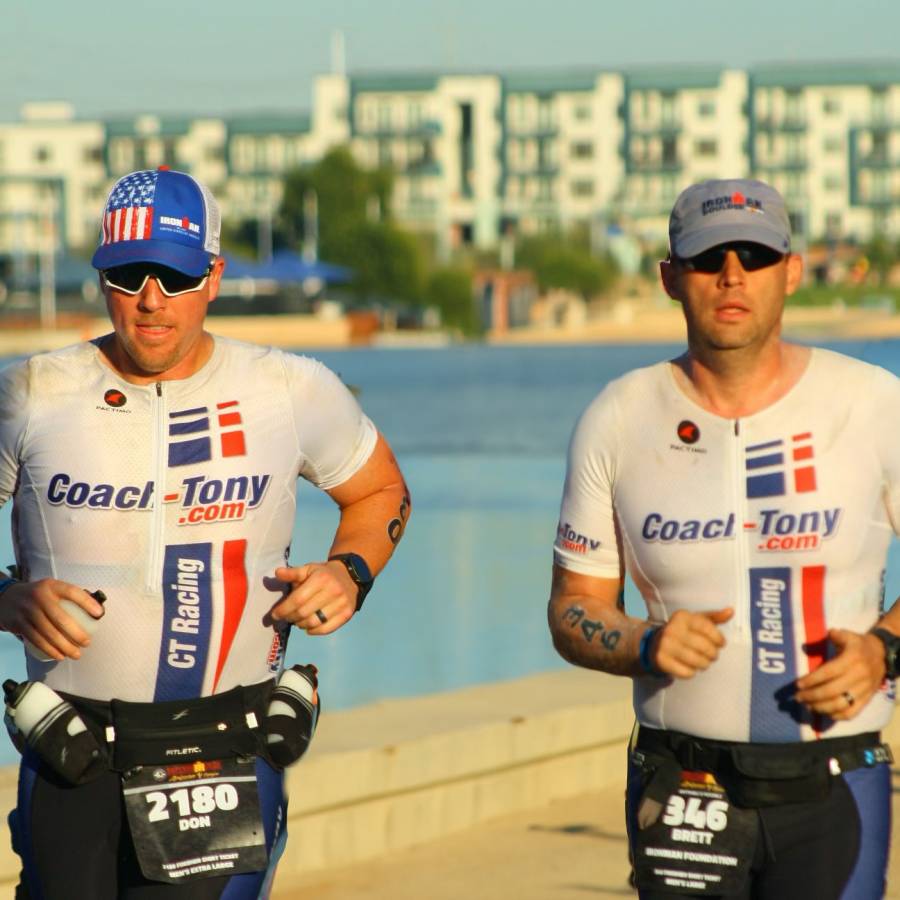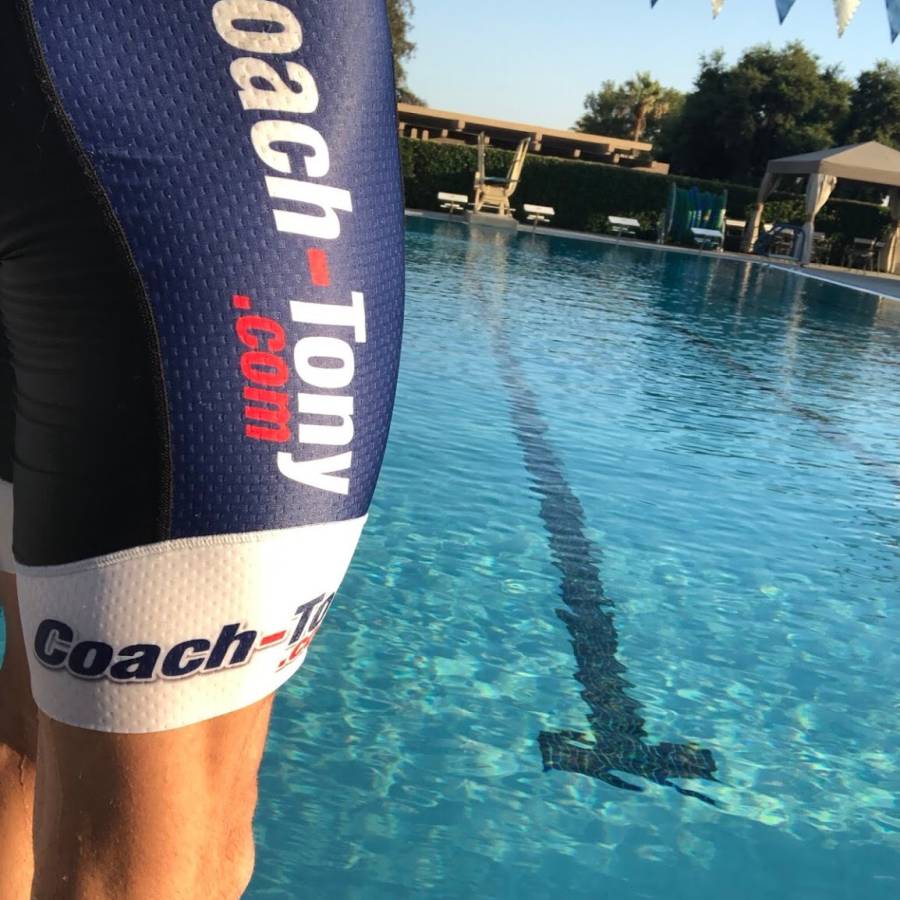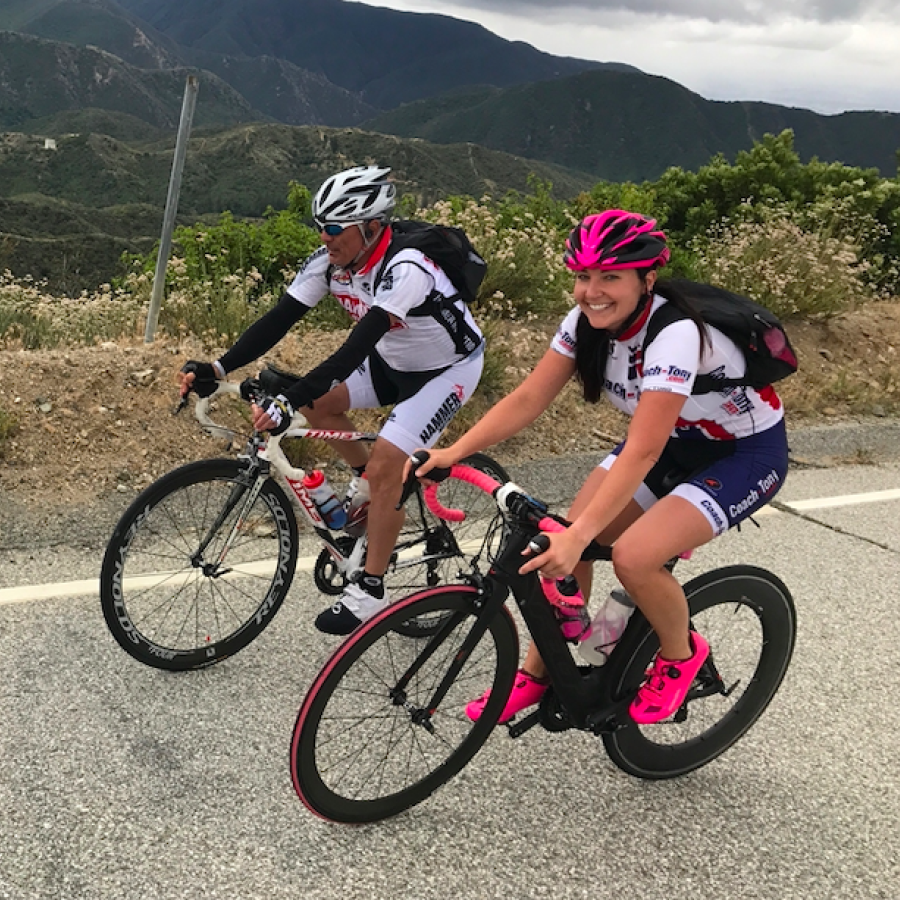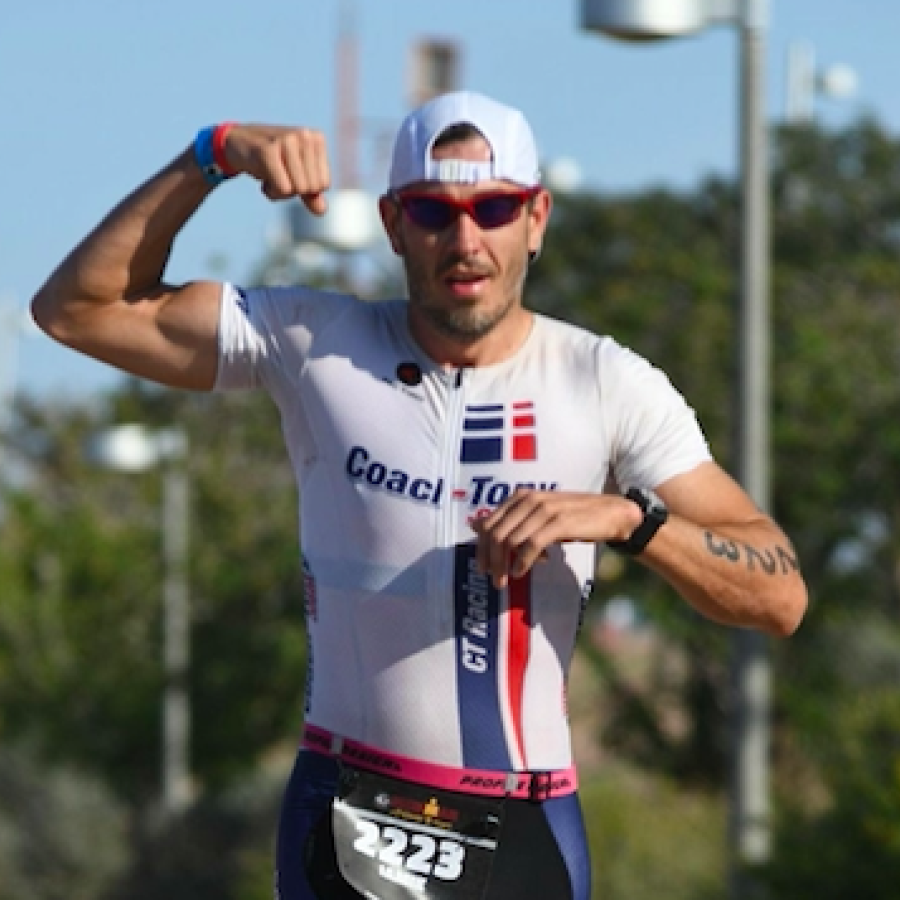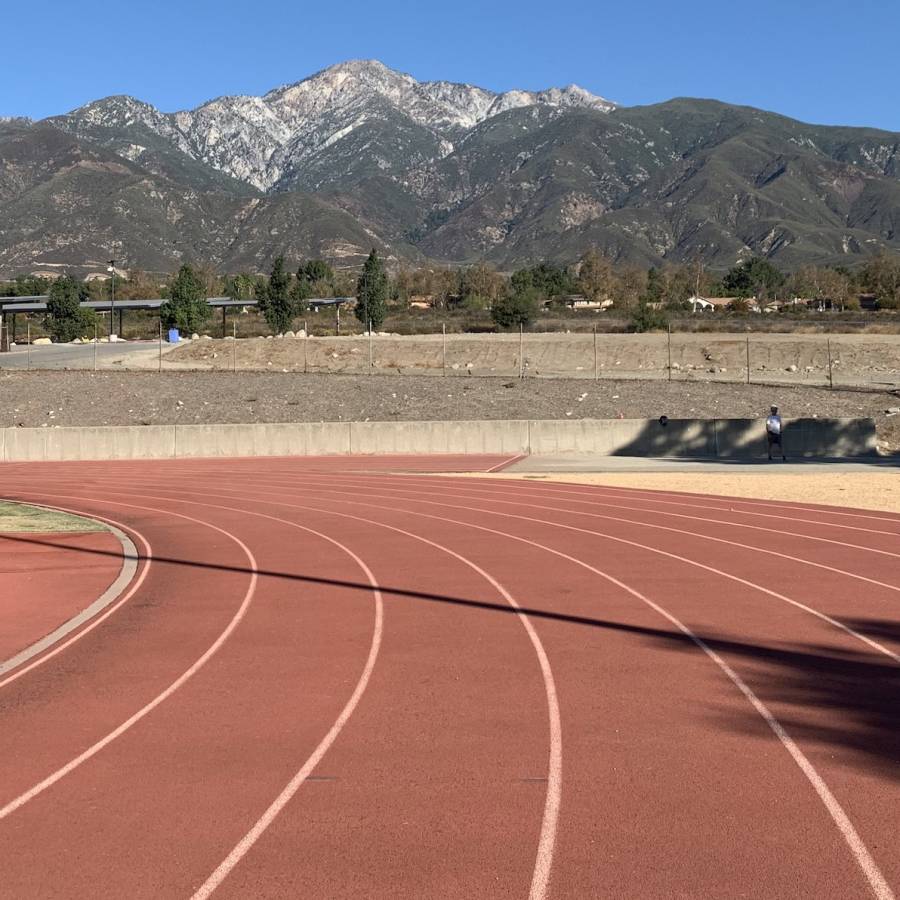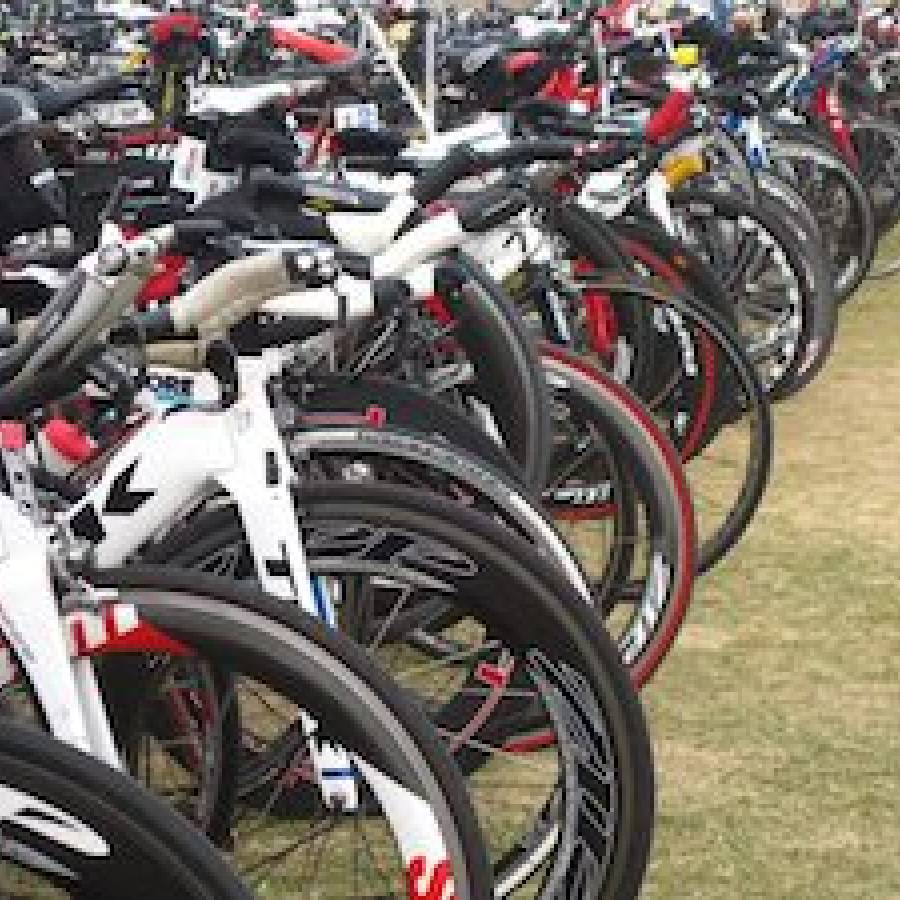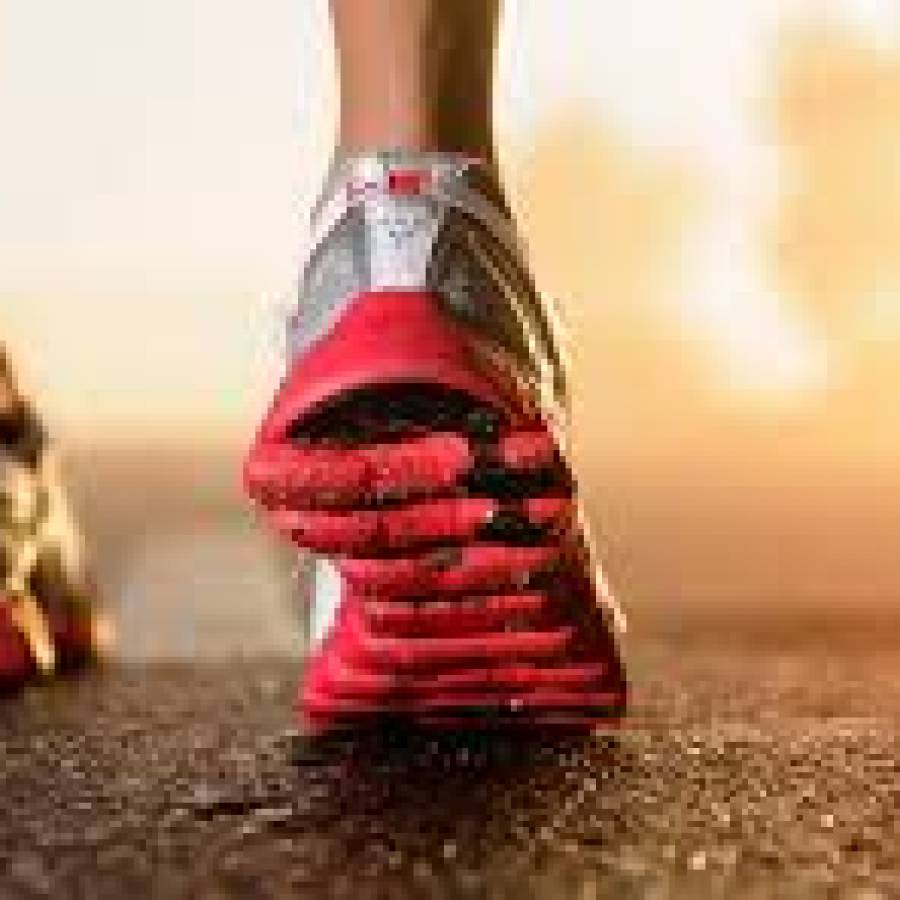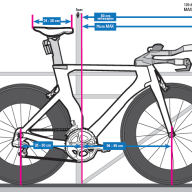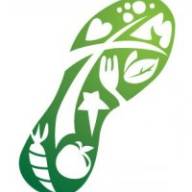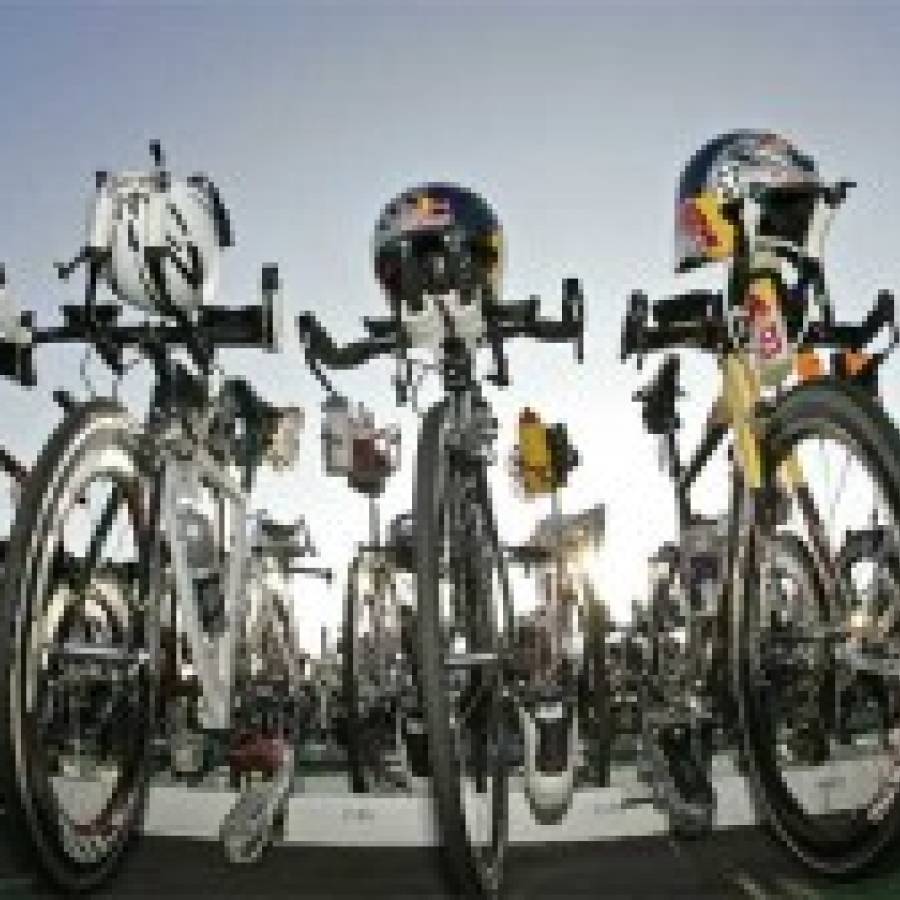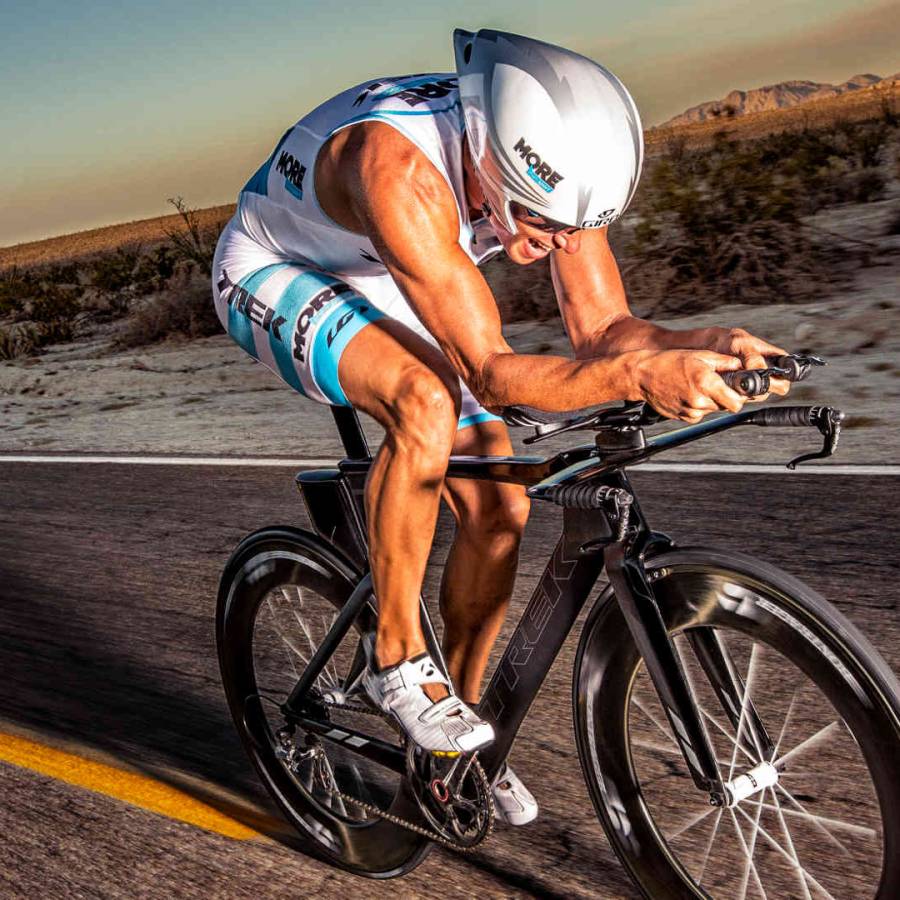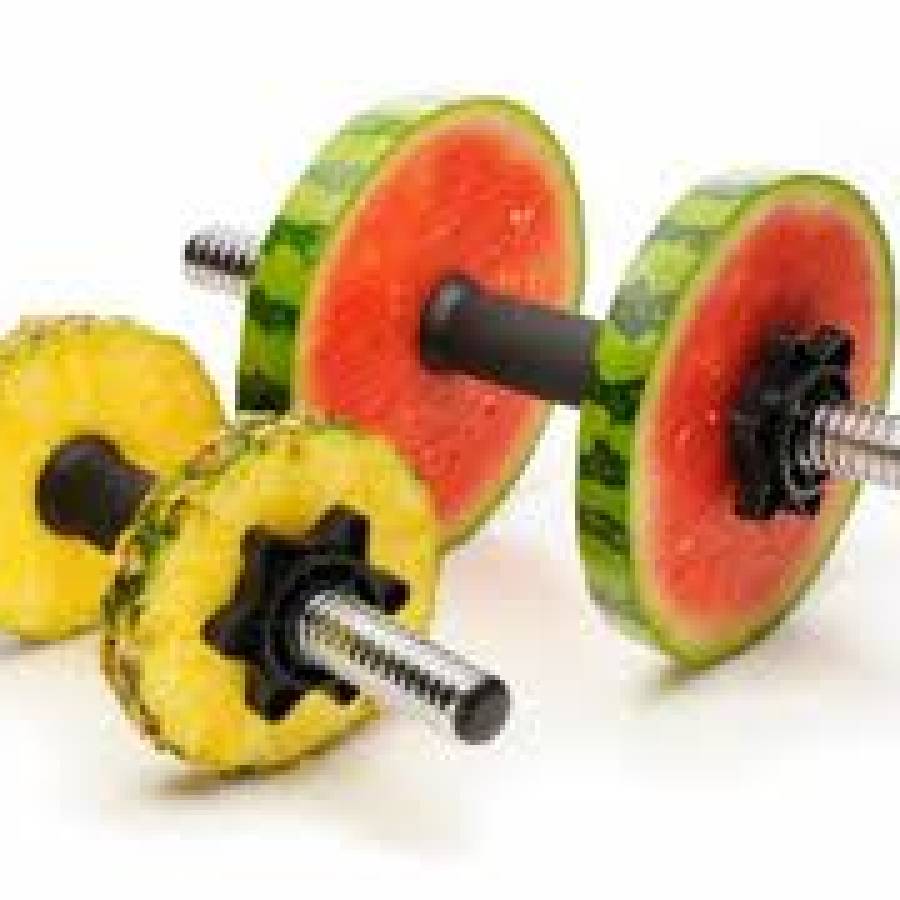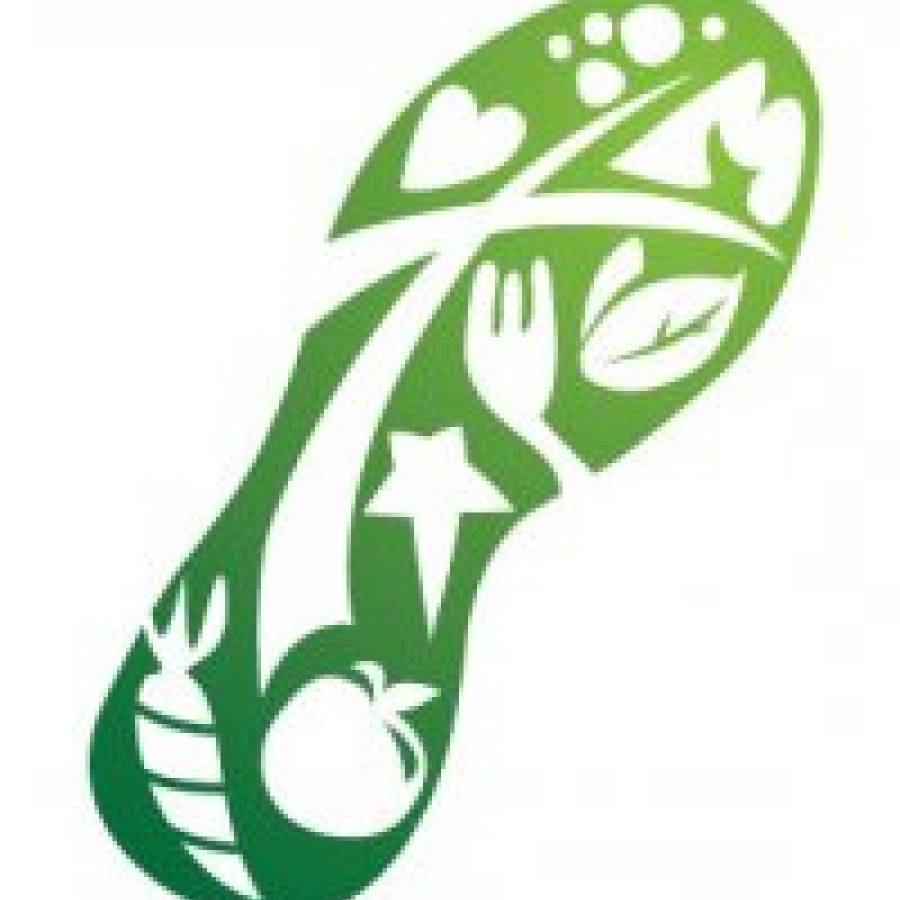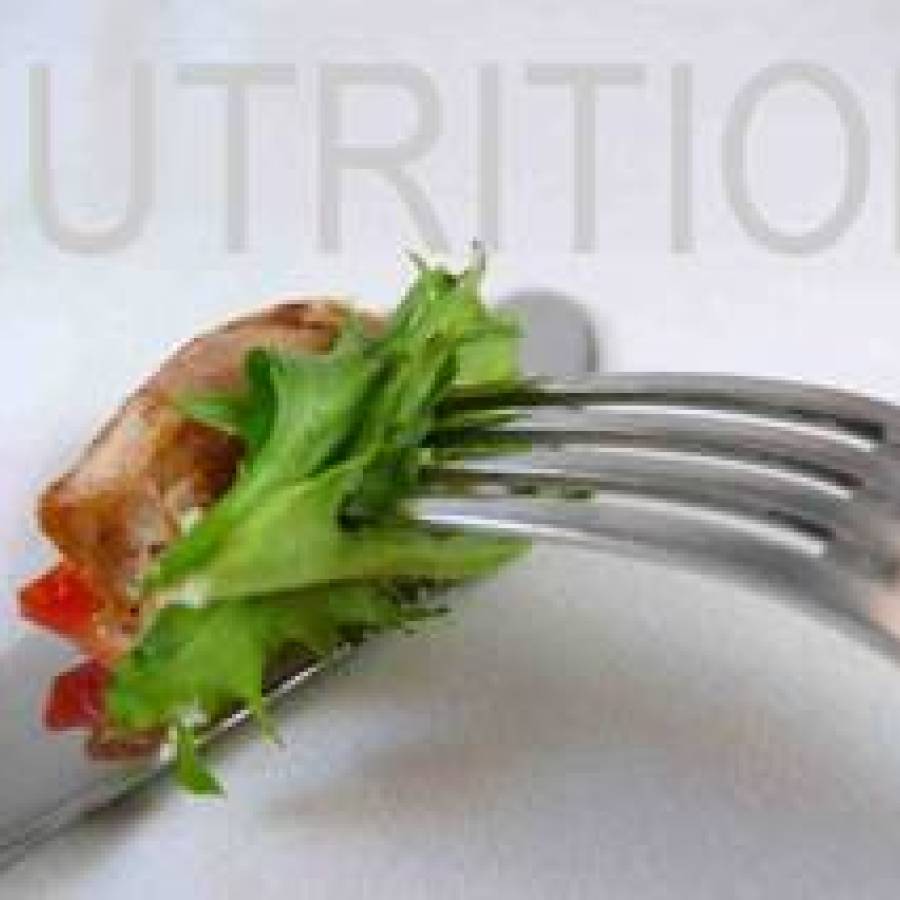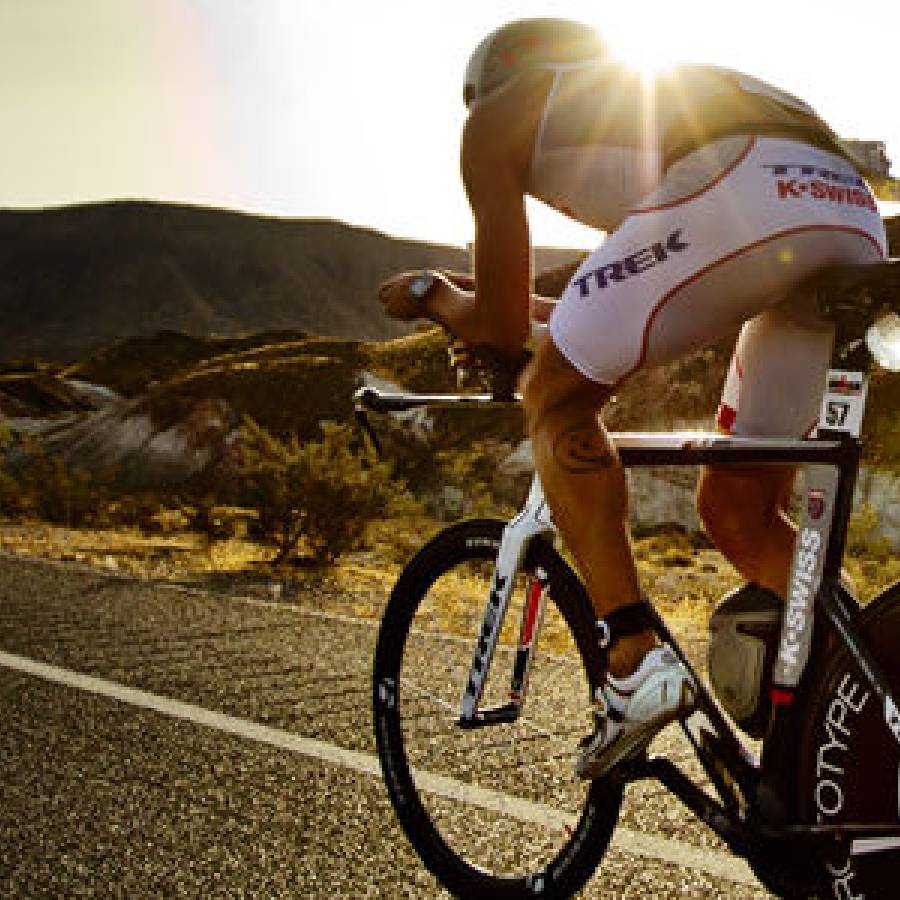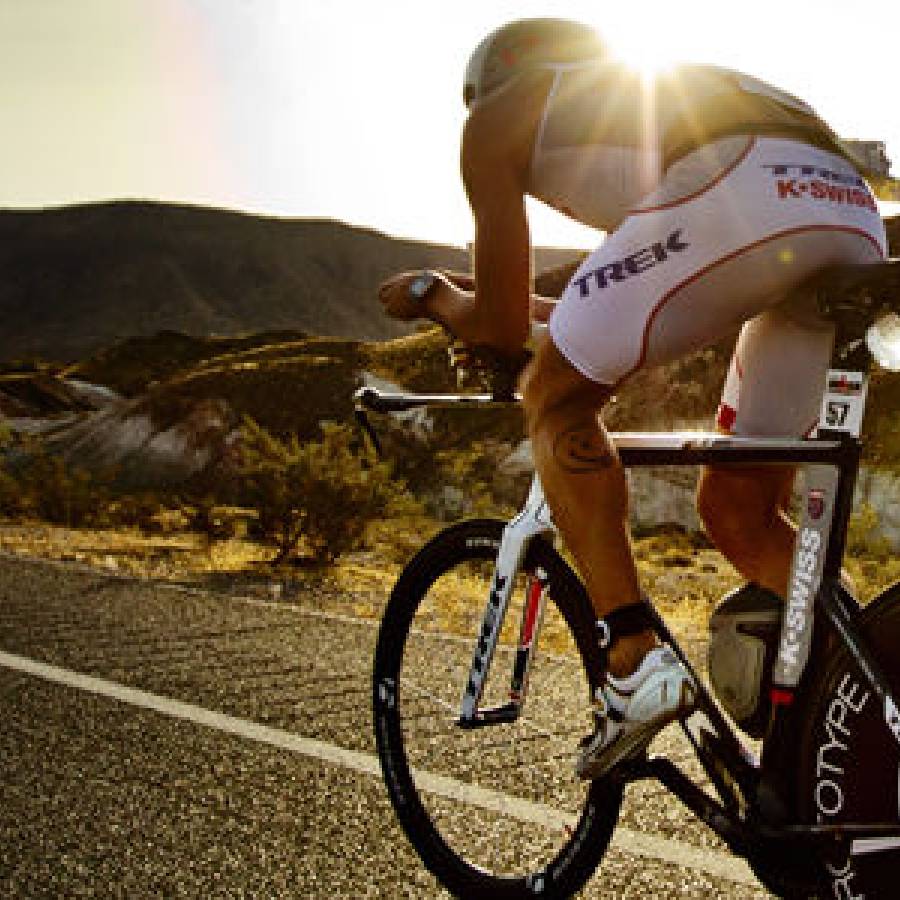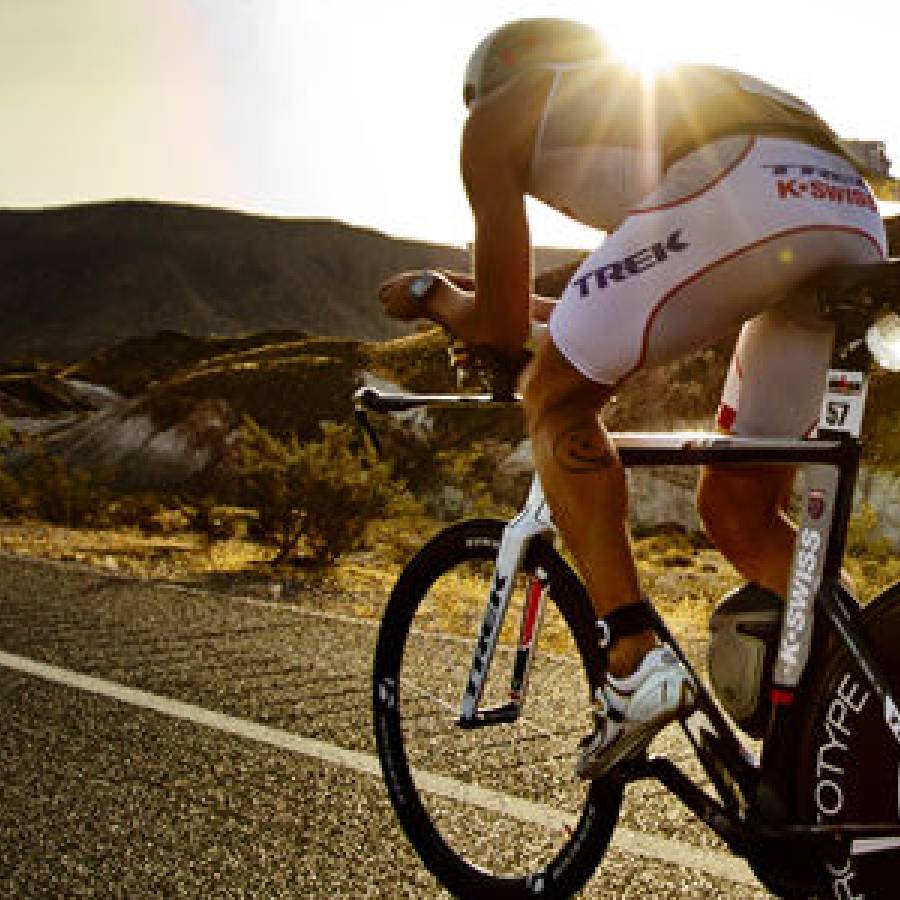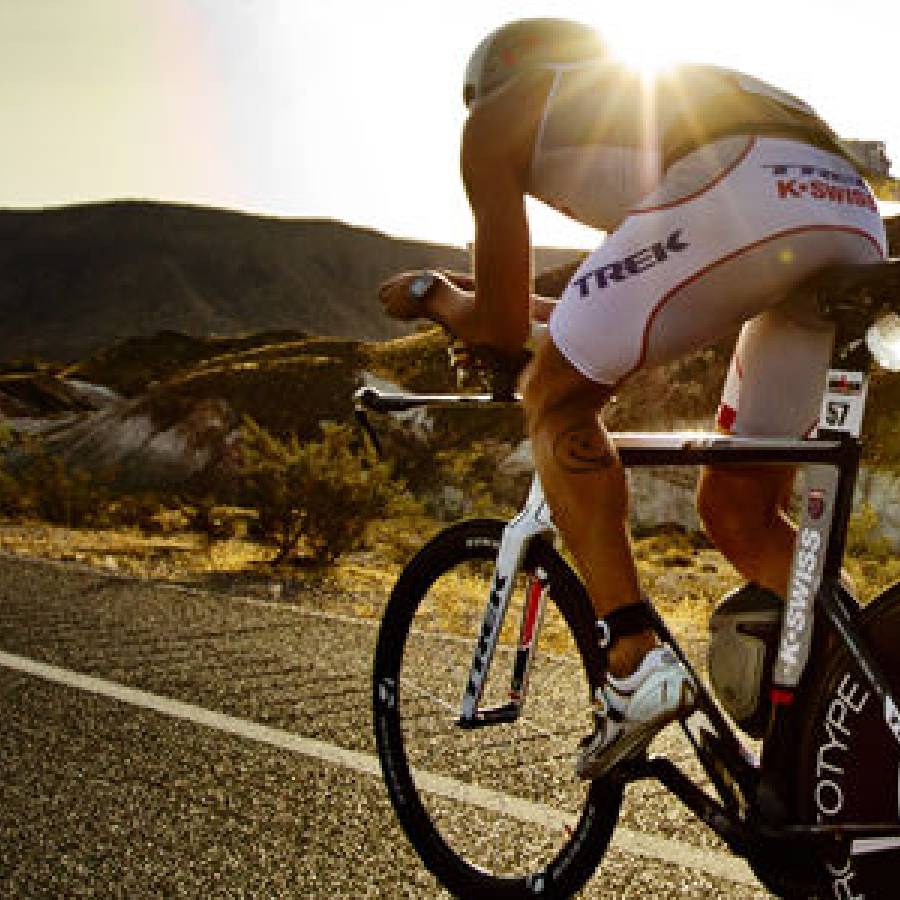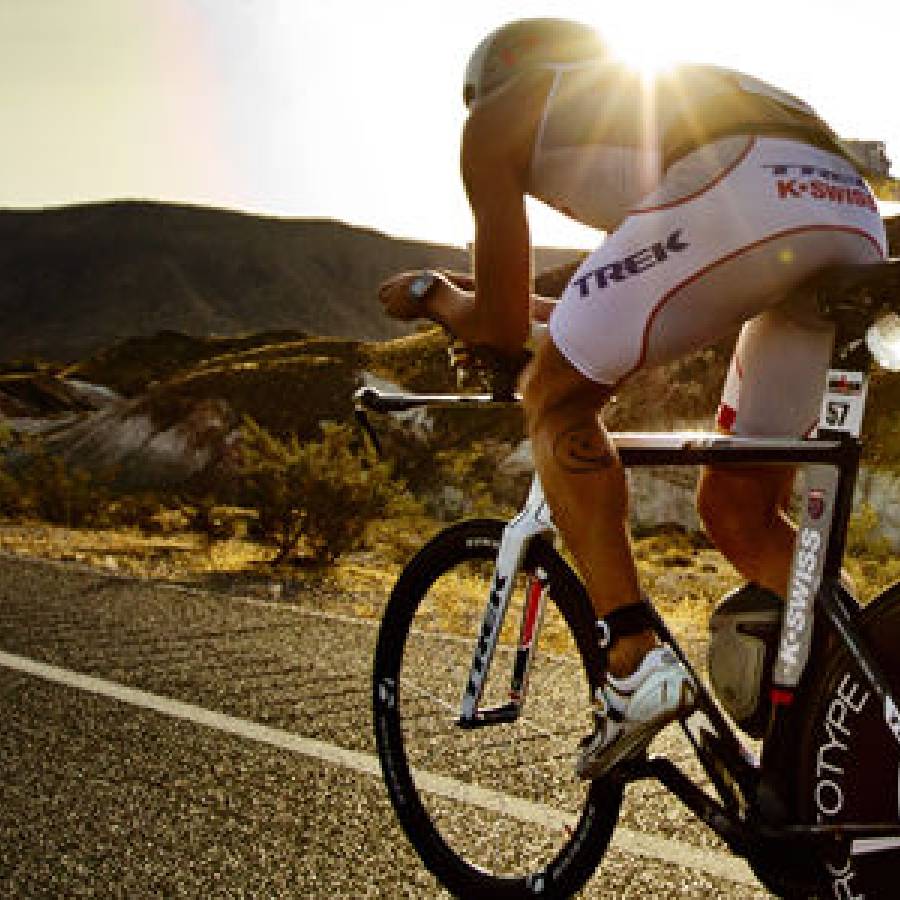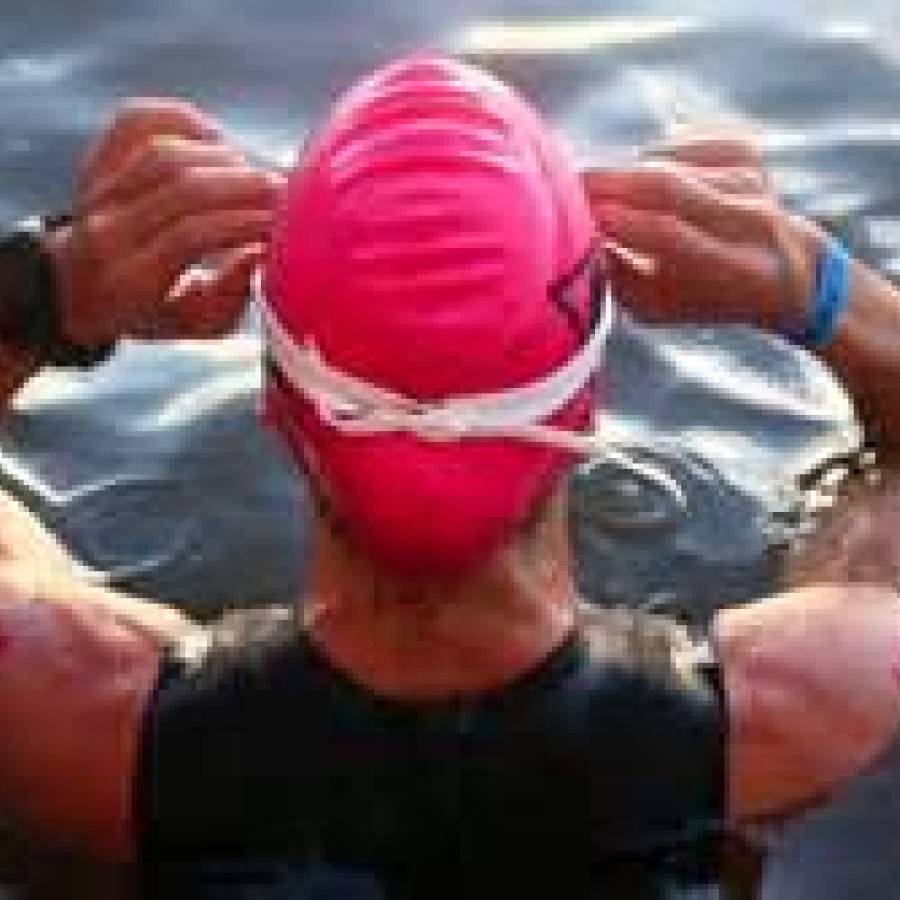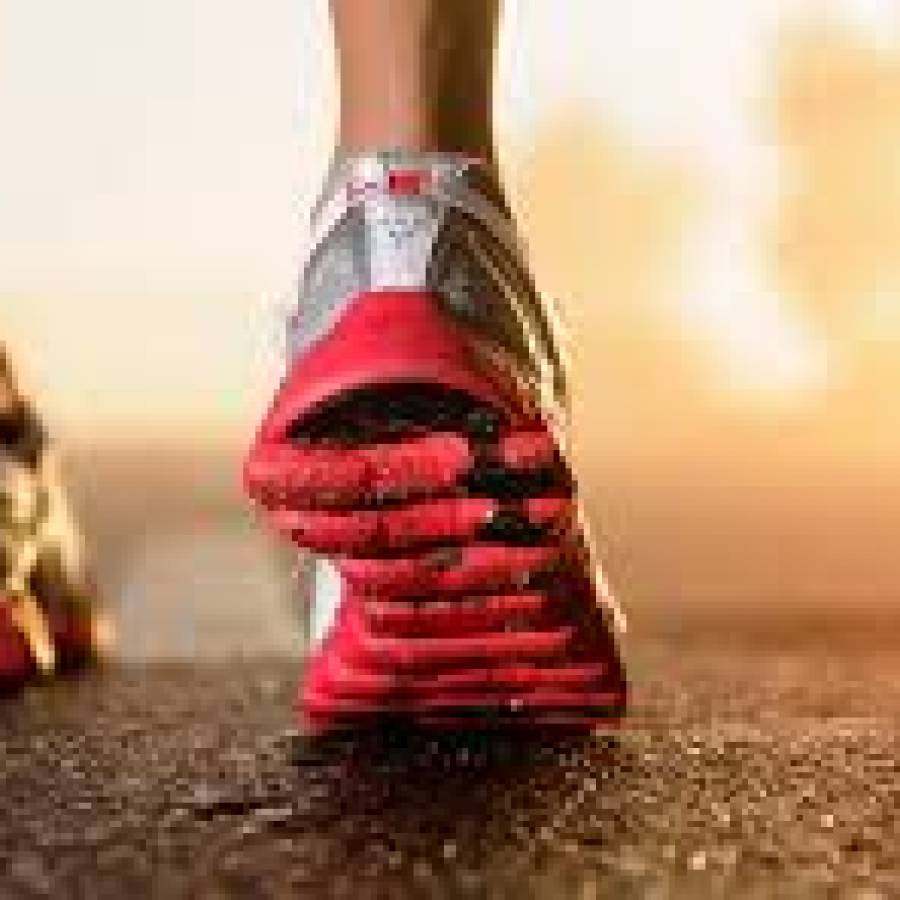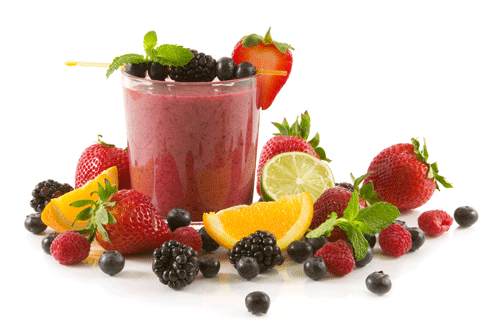
It’s not uncommon for triathletes to have a daily workout regimen or even multiple workouts on a given day. Proper and rapid recovery is essential in order to reap the benefits of so many workouts and avoid encounters with overtraining symptoms. Recovery nutrition includes refueling muscles and liver with stored carbohydrates (glycogen), rehydrating and restoring electrolyte balance, making new muscle protein and boosting the immune system to be able to handle the stresses of frequent and continuous training.
The Recovery Window Phase I
Immediately after a workout, your body will absorb more nutrients than later that same day. This is frequently referred to as the “window of opportunity” for refueling. As time elapses, your body absorbs less as the window becomes smaller. There is substantial evidence that supports digesting a recovery drink or snack within the first 15-30 minutes after training enhances muscle glycogen recovery.
The amount of carbohydrate recommended is between 1-1.5g/kg of body weight. For example, a 140lb (64kg) athlete should aim for 60-90g of carbohydrates which could come from a smoothie with a large banana, 1 cup of plain yogurt and 1 cup of orange juice.
These snacks or meals should be repeated every 2 hours until normal meal patterns (balance formal meal) can resume as part of your overall food intake. Taking in this quantity of carbohydrates and calories within the immediate window may not be necessary if the duration of activity was short, low-intensity or skill based and thus doesn’t lead to a high expenditure of energy and carbohydrate depletion. For example, for a triathlete, an easy 5km recovery run may not require aggressive recovery nutrition.
The Recovery Window Phase II
Within 40 minutes to 1 hour (and no more than 2 hours), normal meal patterns should resume; a formal meal should be consumed. Sufficient carbohydrate intake after exercise may also help enhance the immune system. Intense training may suppress the immune system, which can place athletes at higher risk for illness and infection. Having adequate carbohydrate intake before, during and after training is thought to promote a healthy immune system by reducing stress hormone responses to exercise and supplying glucose to white blood cells.
Athlete training is a cycle of muscle breakdown followed by repair. Muscle breakdown occurs during the training when muscle tissue is damaged. Muscle repair occurs during recovery/rest in between workouts. This cycle can occur in both strength and endurance training. Consuming amino acids in the form of protein-rich foods in the recovery period can enhance muscle protein rebuilding. Athletes should consume 10g to 20g of high quality protein within the first hour after exercise.
This should be combined with carbohydrate not only for the reasons mentioned previously, but also to stimulate insulin secretion which can help enhance the rebuilding process further. While many athletes feel protein is the most important part of recovery nutrition, it is relatively small compared to carbohydrate needs. While supplements can be used, obtaining 10 to 20g of protein from food is simple and likely to provide greater overall nutrition.
Recovery Drink Suggestions:
- Two cups of your favorite juice. I prefer Orange-Pineapple because oranges are the quickest carbohydrate that can be absorbed. (52g carbs)
- One 8 ounce bag Jamba All Natural Greek Yogurt Super-fruit Smoothie (15g carbs, 3g protein)
- One Banana or equivalent amount of desired fruit such as strawberries blueberries etc. Note; Jamba mix already contains frozen fruit.
- Three scoops of GU Recovery Brew (52g carbs, 8g protein, 160 mg sodium - various flavors available) or preferred recovery powder such as Soy or Whey protein, Spiz, etc. For additional protein as desired, you can add 6 ounces or your favorite yogurt (5g protein)
- One half to one cup of filtered water; amount depends on how thick or thin you like your smoothie.
This makes two tall smoothies. Compliment the drink with recovery dietary supplement like Recover-Ease.
Other samples recovery snacks;
- Smoothie: 1 cup fruit juice, 1 cup plain yogurt and 1 large banana = 74g carbs, 16g protein 2 cups chocolate milk (or fortified soy beverage) 8and a large banana = 84g carbs, 18g protein
- Sandwich: 2 slices whole-grain bread, 1 tbsp peanut butter, 1 tbsp jam = 51g carbs, 10g protein Trail mix: ½ cup raisins, ¼ cup dry-roasted soy nuts, 1 cup Cheerios = 65g carbs, 13g protein
- Smoothie: 1 cup vanilla soy beverage, 1 cup each blueberries and mango (frozen) = 62g carbs, 10g protein
Rehydration:
Maintaining optimal hydration when training at high volume or high intensity can be a challenge for many athletes. Using a scale can be helpful to determine pre and post-training weights and ensure adequate fluids are consumed to rehydrate. For every 1 pound weight loss during training, the athlete should consume 3 cups of fluid (for every 1kg loss this translates to 1.5L). Athletes should avoid losing more than 2% of their body weight in training by consuming adequate fluids.
Water alone will not suffice to replace lost electrolytes and rehydrate the body properly. The major electrolyte lost in sweat is sodium and athletes should take this into consideration when planning recovery hydration, particularly if they sweat heavily. Sodium concentration in sweat varies widely between individuals and can or through practical observation of white streaks on dark clothing or salt lines on the skin after training.
For every 1kg body weight loss, the sodium losses can range from as little as 300mg to 3500mg, which for someone at the top end of the range could present a major deficit. Sodium can be replaced by beverages such as vegetable juice, milk, or sports drinks. It can also be replaced by consuming a high-sodium food, such as cottage cheese, or canned fish as part of the recovery snack.
With concern over sodium excess in the general population, it’s important for athletes to realize they may not need to be on a low sodium diet, but rather may need to add salt to their recovery nutrition. Not replacing sodium will affect the body’s ability to retain fluids consumed in the post-exercise period and can result in high urine output. Muscle cramping can also be attributed to dehydration and/or sodium depletion. Although cramps are not well understood, for some athletes salt deficit is a component of this problem. Sodium will also promote thirst and help the athletes ability to take in enough liquid to replace sweat losses.

